 "ranwhenparked" (ranwhenparked)
"ranwhenparked" (ranwhenparked)
08/07/2020 at 15:29 • Filed to: None
 6
6
 5
5
 "ranwhenparked" (ranwhenparked)
"ranwhenparked" (ranwhenparked)
08/07/2020 at 15:29 • Filed to: None |  6 6
|  5 5 |
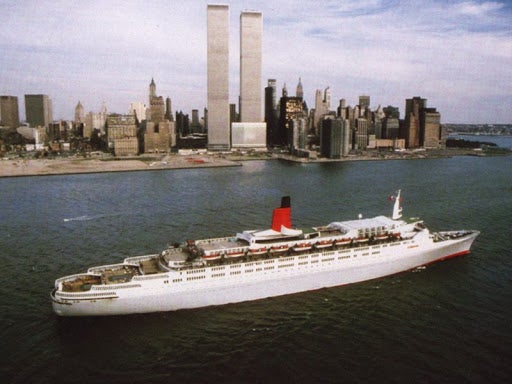
1982 - the Cunard Line’s ocean liner Queen Elizabeth 2 begins its first peacetime voyage to New York, after service in the Falklands War as a troop ship and helicopter carrier. The liner, then the 2nd largest passenger ship in service, had been converted in just 7 days with th e installation of 2 helicopter pads, a degaussing cable, underway refueling equipment, machine guns, surface-to-air missiles, and extra steel reinforcing plates along the outside of the hull under the waterline.
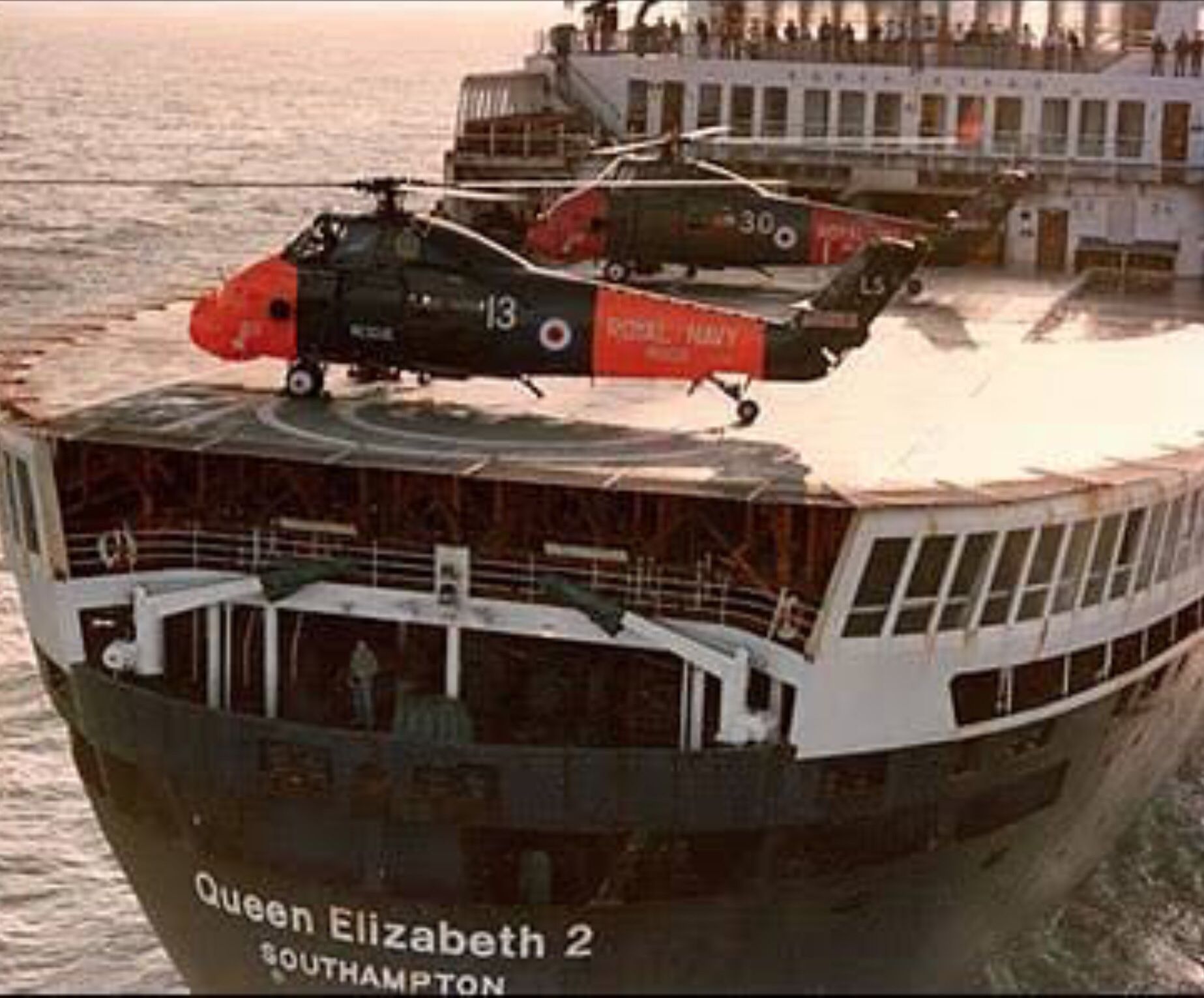
As losing a ship bearing the name of the monarch (or the monarch’s mother, depending which story you go with), and the flagship of the merchant fleet, would have been a public relations disaster, the Royal Navy opted to have Queen Elizabeth 2 deliver her 3,000 troops to South Georgia, well outside the war zone, transferring them to the P&O liner Canberra for the final leg to the Falklands, since the capital of Australia was considered fine to risk. At South Georgia, QE2 took on survivors of the sunken HMS Antelope , HMS Ardent , and HMS Coventry , many of whom were badly wounded, and sailed back to Southampton to be welcomed home by Queen Elizabeth, the Queen Mother abroad the Royal Yacht Britannia .
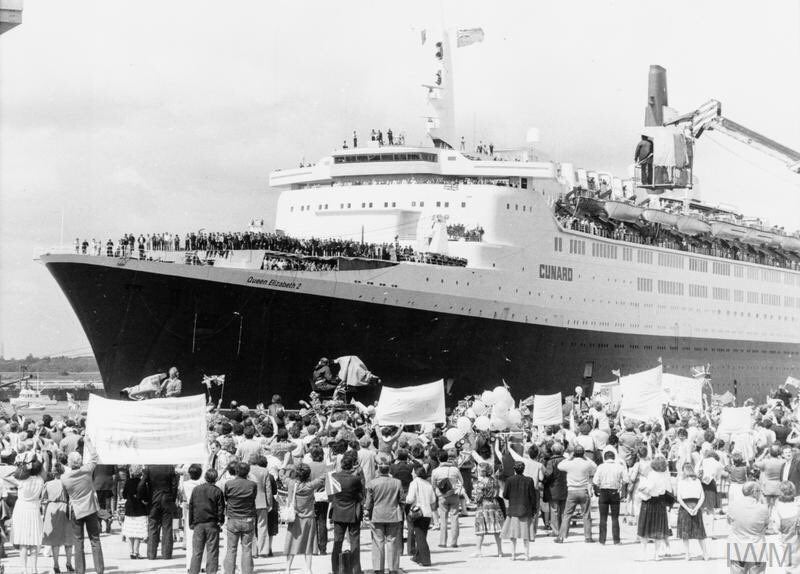
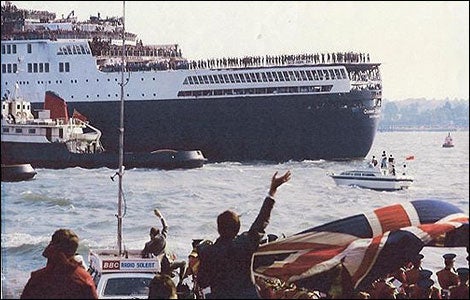
Refitting for commercial service took a lot longer than the conversion for military use, and QE2 did not resume service until August 7th. After 13 years of service, her funnel was finally painted in the traditional Cunard orange/red and black for the first time, and an experimental light grey hull color was tried out, allegedly to improve the efficiency of the air conditioning, but light color was too maintenance intensive and replaced after a year.
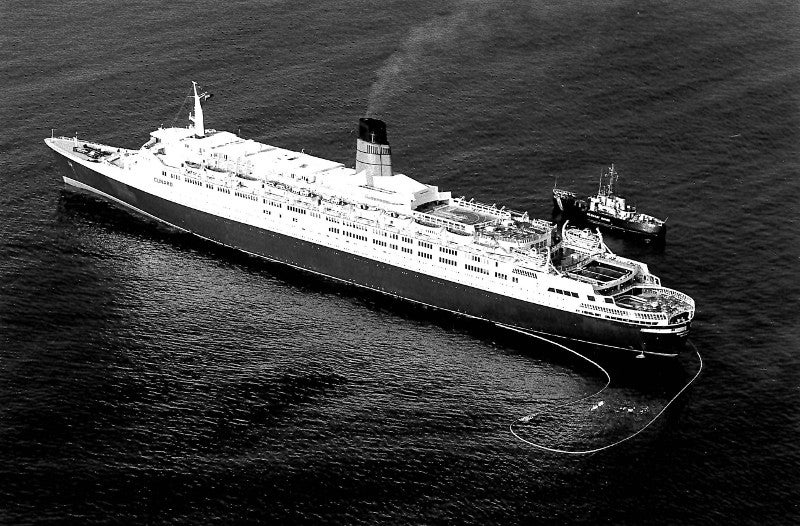
1992 - Exactly 10 years after returning to service after the Falklands War, in which she had remained safely out of danger, Queen Elizabeth 2 was severely damaged in the friendly waters off Martha’s Vineyard. On a 5-day cruise of Eastern Canada and New England, QE2 ran aground on uncharted rocks , causing some pretty significant flooding that was later revealed to have been much worse than Cunard let on at the time. She actually ran aground twice on the same rock formation, an initial grounding, floated free for a few minutes, then grounded again. Aside from the rocks being uncharted, the captain had also miscalculated the draft due to the effect of squat, the ship being pulled lower into the water due to her speed, which wasn’t commonly understood at the time.
 Just Jeepin'
> ranwhenparked
Just Jeepin'
> ranwhenparked
08/07/2020 at 17:30 |
|
The Wikipedia page is fascinating. No shortage of adventures over the years.
I am particularly intrigued by the story that Qaddafi tried to torpedo it and Sadat saved it.
 ranwhenparked
> Just Jeepin'
ranwhenparked
> Just Jeepin'
08/07/2020 at 17:36 |
|
And a bit of a Theseus ship, too - new engines, new funnel, 4 superstructure expansions, interiors nearly gutted and redone several times over , etc. Went from being an ultra modern, space age liner to lure fashion conscious Baby Boomers away from jet airplanes, to a retro ‘30s Art Deco aesthetic giving Boomers’ parents nostalgic vacations.
 If only EssExTee could be so grossly incandescent
> ranwhenparked
If only EssExTee could be so grossly incandescent
> ranwhenparked
08/07/2020 at 19:11 |
|
The waters around the Vineyard and Nantucket are actually quite treacherous. We’ve quite a few shipwrecks in out area. It’s why the Cape Cod Canal was dug. It shaves 130 miles off the trip around the Cape.
 Thomas Donohue
> ranwhenparked
Thomas Donohue
> ranwhenparked
08/08/2020 at 12:58 |
|
its first peacetime voyage to New York, after service in the Falklands War
Your comma through me off, as I was thinking you meant it was first peacetime trip to NY.
Also, b ased on the direction, that lead pic has the QE2 leaving NY.
Your s truly,
S. M. A ntics
P.S. I noticed the stack was red in your pic, where it’s white (technically blue) in others. Turns out they were testing a new paint that wasn’t available in traditional red Cunard colors until the 80's.
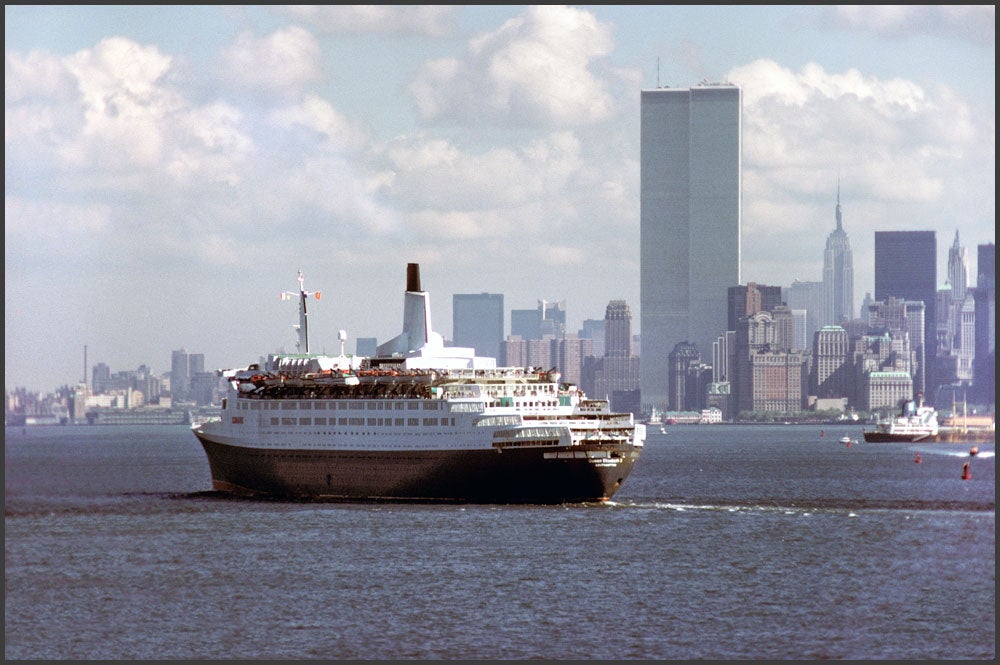
 ranwhenparked
> Thomas Donohue
ranwhenparked
> Thomas Donohue
08/08/2020 at 13:16 |
|
Yes, that’s the only decent pic of the ship I could find in the correct, post-Falklands color scheme (grey hull with traditional funnel colors) that was also in like-new condition, since it was frequently streaked with rust. I figure it was either taken at the end of that first trip in ‘82, or very soon after.
Aside from the new paint technology, there was also a very concerted effort to distance the Queen Elizabeth 2 from traditional ocean liners, abandoning their 120+ year old color scheme was an attempt at a modern image. They also did that for their two new cruise ships, Cunard Adventurer and Cunard Ambassador , which also ditched their traditional naming scheme. Their cargo ships all kept the traditional colors. They started gradually switching back on the passenger ships in late 1976 - Cunard Adventurer was repainted that fall, and Cunard Countess and Cunard Princess entered service with red funnels in ‘76 and ‘77.